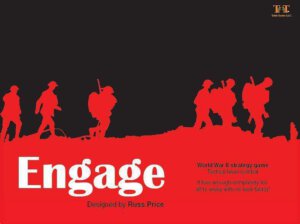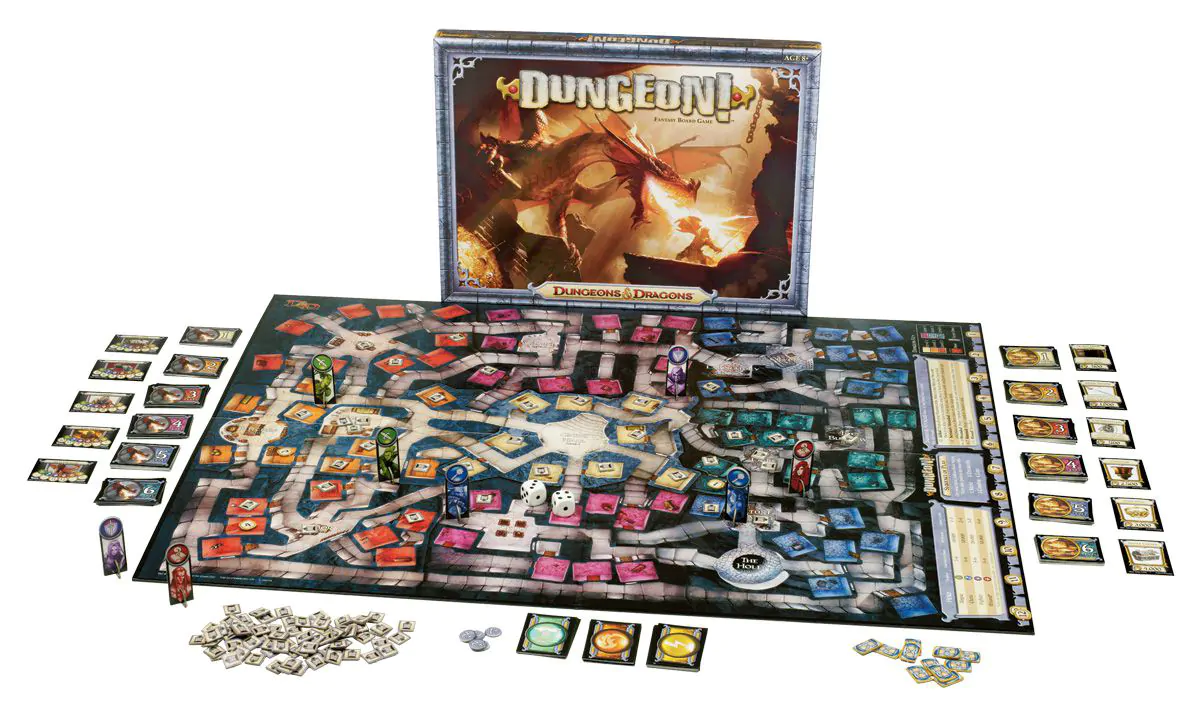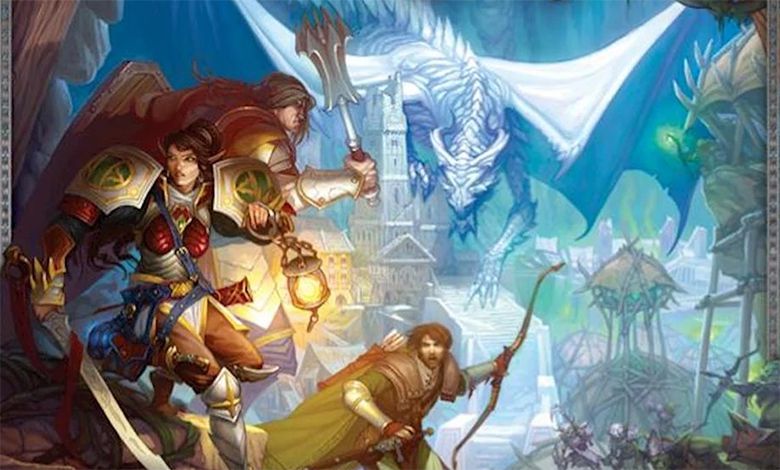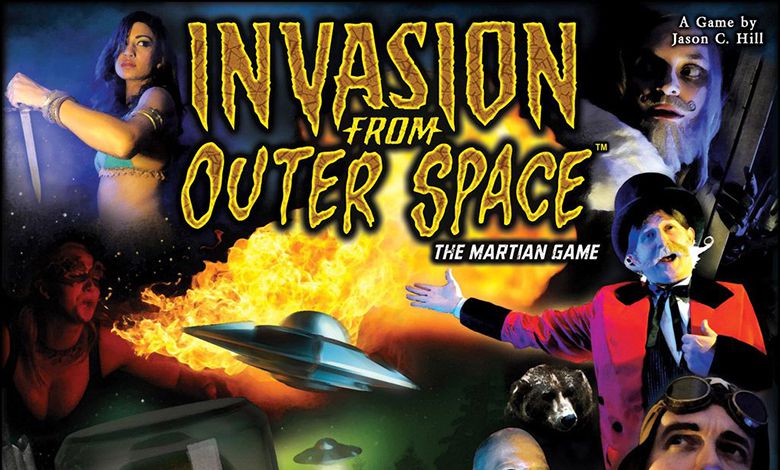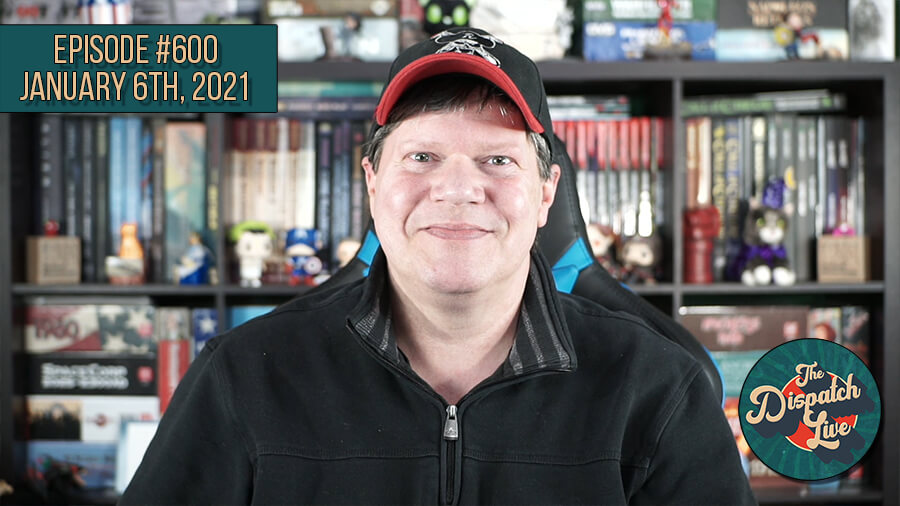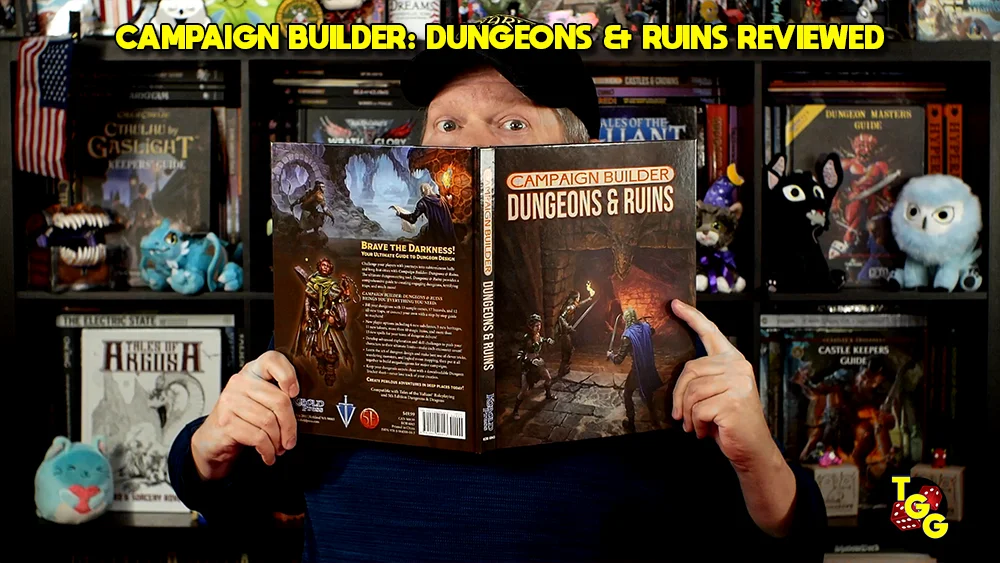Publisher: Table Tactics
Designer: Russ Price
Artist: Joe Daniels
Year: 2011
Players: Two players
Ages: 13+
Playing Time: 90 Minutes
Genre: Abstract WWII wargame
MSRP: $44.95
How to describe Engage? It is not really a wargame although the pieces are all from different armies, and the game is based on a single abstract WWII military engagement. It has similarities to Chess, as it is entirely a strategic game played by two players across a board. There is no dice rolling, just one player pitted against the other.
The game puts two players smack dab in a World War II engagement. It comes with two armies, the British and the Italians. The armies come with many unit types including both infantry and armored units. The pieces are a nice molded plastic and are colored for the army they represent. Both the British and the Italians come with eight different unit types, and there are multiple copies of each unit.
At the beginning of the game you decide how many points each player will be using to build their army, after a few games you can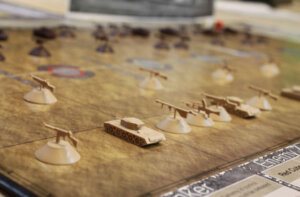
The military charts are pretty nice and you will be using them a lot. For one, they have silhouettes of each unit so that you can match the piece with the unit it represents. It adds some setup time to the game, as until you learn all of the units by sight, you will have to sit there and separate each unit by their appearance, and then refer to the chart to see which ones you are actually using. Some of them are VERY similar and it is a pain in the rear to separate them. I recommend marking the bases with different colored markers or paint so that you can easily tell them apart (a trick I learned from Table Tactics using at Gen Con).
The players set up their armies in their zones on the board. There are five zones, a front and rear line for each player and a center zone that is a “No Man’s Land”. It has seven bunkers across the width of the board. The object of the game is for one of the players to control four of the seven bunkers, and also hold at least one of each of the three different colors of said bunkers.
There is a bidding mechanic in order to determine who goes first. Each player has a card that keeps track of their skill points. You start with 35 skill points each, and you will spend these during your engagements to gain advantage over your opponent. You each bid some of these skill points at the beginning of the game and the winning bidder gets to be first player.
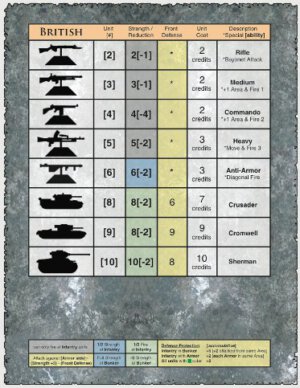
A divider screen (included) is placed across the center of the board and the players set up their units secretly. You can set up to a third of your army in the front line, the rest must go on the rear. Each of the zones is also split into a ready and a support position. All units start in the ready position, but if a unit fires or moves, it goes into the support position. You will have to ready the unit again before it can move or fire again.
Each turn the attacking player gets five cubes, three green and two red. The red cubes are used to fire a unit and the green are used to move a unit. You place the cubes next to each unit that you want to perform the action on the board. If you combine a green and red cube with one unit, you can both move and fire that unit this turn.
The defending player also gets cubes, one white and one red. The white one simply gives you one skill point to add to your card, the red is used for suppression fire that allows you to fire one of your units in response to the attack.
You move your units with the green cubes next, then the firing begins. It amounts to units that didn’t move fire first, then the defender unit, then the units that moved fire last.
Firing a unit is where most of the action takes place. There is a track called the Engage Advantage track across one end of the board. You need to calculate the advantage for each encounter. This amounts to getting the attacker’s strength from the military chart, adjusting it for range across the board, adjusting it for a few different possible bonuses that the defender can get, and place one of the blue marker chips (like bingo chips) on the resulting number. If it is positive, the attacker has the advantage, if negative then the defender has the advantage.
Now each player adds in a number of skill points they wish to spend which is added or subtracted from the advantage number (attacker adds, defender subtracts), and if the final number is positive, the attacker wins and destroys the defender or if negative the defender actually can destroy the attacker. You repeat this with the other units that get to fire that turn.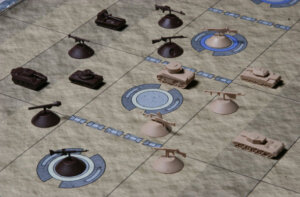
You use up your skill points as you play, and this point maintenance becomes a crucial part of the game. If you have no skill points, you can’t effect the outcome of each battle. You can spend a red cube to get +2 skill points, but of course you won’t be able to use that cube to attack that turn. Part of the strategy is to get your opponent to waste their points while conserving your own for crucial battles.
Play then passes to the other player, who gets the five attack cubes. There are rules for capturing and holding a bunker, special attacks, readying units, and so on. The game ends when one player controls four of the bunkers at the start of their turn, or if either player has less than thirteen units they both get one final turn and whoever has the most bunkers wins.
It sounds fairly simple and in actuality it is. The rules don’t make it simple though. I had a lot of problems with figuring out the rules, as they are written in a bullet point format that gave me a lot of difficulty in figuring them out. There is an extended example of play on the Table Tactics web site, which I recommend. Frankly the easiest way to learn would be to watch someone else play. The web site says that a video will be coming soon, it should help a lot when it finally does.
It is a good game and it really does require some strategic play. This game will appeal to players who like games like Chess or Go, who also like WWII themed games. The end game does get intense as players struggle to keep control of their bunkers long enough to win. There are also additional armies available for purchase, and it can be played in a four player version by joining two copies together.
[rwp-review id=”0″]
- A Dungeon Delve for Kids?: A Review of Dungeon! - Oct 24, 2022
- Better, Stronger, Faster | Descent: Journeys in the Dark Second Edition Reviewed - Oct 23, 2022
- Your Planet is Doomed!: Invasion from Outer Space Reviewed - Oct 22, 2022


